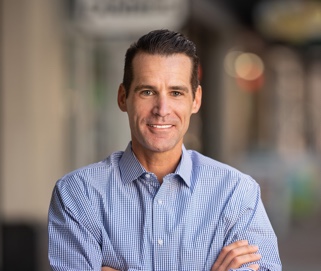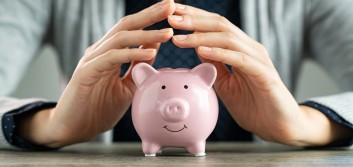Better than Botox: Dollars and Sense (and Marketability) of LEED Retrofits
 by: Michael Downs, VP of Marketing, Momentum
by: Michael Downs, VP of Marketing, Momentum
How the greening of existing buildings can pay big dividends for credit unions
As much as we may want to believe infomercials or the wisdom of the cast from the “Real Housewives of New Jersey”, we cannot stop the inevitable forces of aging. The same is true for the physical structures we build to conduct business, provide services, and house our families.
According to the Commercial Building Inventory (CBI), the average age of commercial buildings in the U.S. exceeds 50 years, with the average age of banking facilities being more than 30 years old. This means that many building infrastructures and systems are being pushed beyond their intended lifespans. As a result, energy retrofits are not only becoming more commonplace in the credit union community, but an absolute necessity. We are now seeing progressive minded financial institutions turn to green building certifications, such as the U.S. Green Build Council’s LEED Rating System, which has a specific compliance path for renovation and retrofit projects called LEED-Existing Building, or LEED-EB. These organizations have recognized that the investments made in green retrofits are delivering significant return on investment, competitive differentiation, and overall marketability.
As a quick refresher, LEED (Leadership in Energy and Environmental Design) is an international green building certification that is supervised by the U.S. Green Building Council. It is one of the most recognized and established green certification programs in the United States and corporations, nonprofits, and local and national government bodies have all used LEED as a building standard for the last two decades. Points are awarded based upon a project’s documented achievements, such as a reduction in building energy consumption, and then the points are calculated against LEED’s achievement scale of Certified, Silver, Gold, and Platinum.
LEED has become such a well-recognized designation for buildings that studies have been conducted over the years finding that LEED certified buildings can be linked to lower vacancy rates, higher market values, and the ability to attract, retain, and improve employee productivity. The added value a LEED certification provides is a real economic benefit that credit unions should be considering when moving forward with their retrofit.
A common next question is, “So what? How do green buildings contribute to the success of my credit union?” A recent study by University of Notre Dame professors Edward Conlon and Ante Glavas revealed some remarkable answers to this question. In their study, they compared the business performance of PNC Financial Service’s LEED rated bank branches with non-rated branches (“The Relationship Between Corporate Sustainability and Firm Financial Performance”).
The hypothesis of their study was that LEED rated branches would generate more business with individual consumers which they based on a theory that the consumer experience would be different at green branches versus non-green branches.
Their findings showed that the LEED rated branches outperformed non-rated branches, including:
oLEED rated branches opened 458 more consumer deposit accounts and had over $3 million more in consumer deposit balances per facility per year over non-certified properties.
oLEED rated facilities opened 25 more consumer loan accounts and had nearly $1 million more in loan balances per facility per year.
oIn total, performance increased by $461,300 per employee at LEED branches compared to non-rated locations, after controlling for other variables that influence performance (such as consumer net worth, employee demographics, market demographics, branch size and age, and advertising spend).
The Conlon and Glavas study is important for both credit unions and the green building industry as a whole, because it shows that return on investment in green building is quantifiable in terms of money saved on operational expenses, and that there are also other “intangible” benefits, such as employee satisfaction which may directly influence consumer behavior.
Although credit unions cannot stop father time, the investments they make in sustainable building can offer benefits that last for generations. Focusing on the ROI of an energy retrofit is certainly a smart business decision, but going the extra mile and accomplishing LEED certification can make your retrofit project an even better long term investment in the end. The data is starting to support it.
Michael Downs is the Vice President of Marketing at Momentum, a national design-build firm. Mr. Downs and the Momentum team work with Credit Unions to facilitate strategic planning, evaluate facilities growth needs, and implement systems for ongoing measurement and benchmarking. Mr. Downs holds both a Bachelors and Masters of Business Administration, completed the ABA School of Bank Marketing at Southern Methodist University, and has more than twelve years of experience working with clients on strategic planning and marketing. Learn more at www.momentumbuilds.com or connect at www.twitter.com/plandesignbuild





